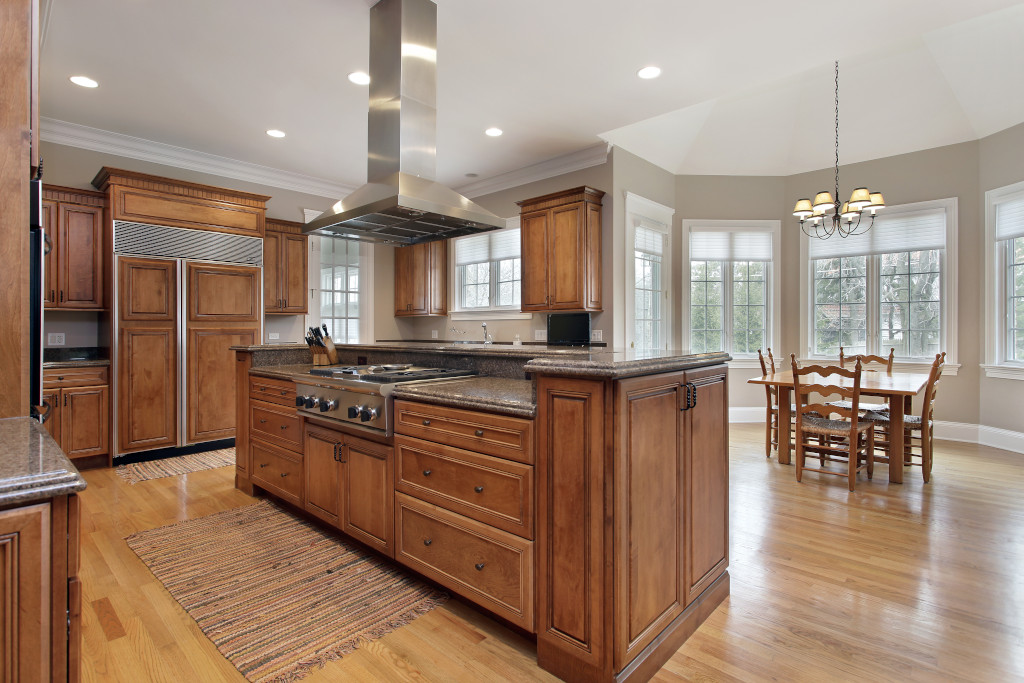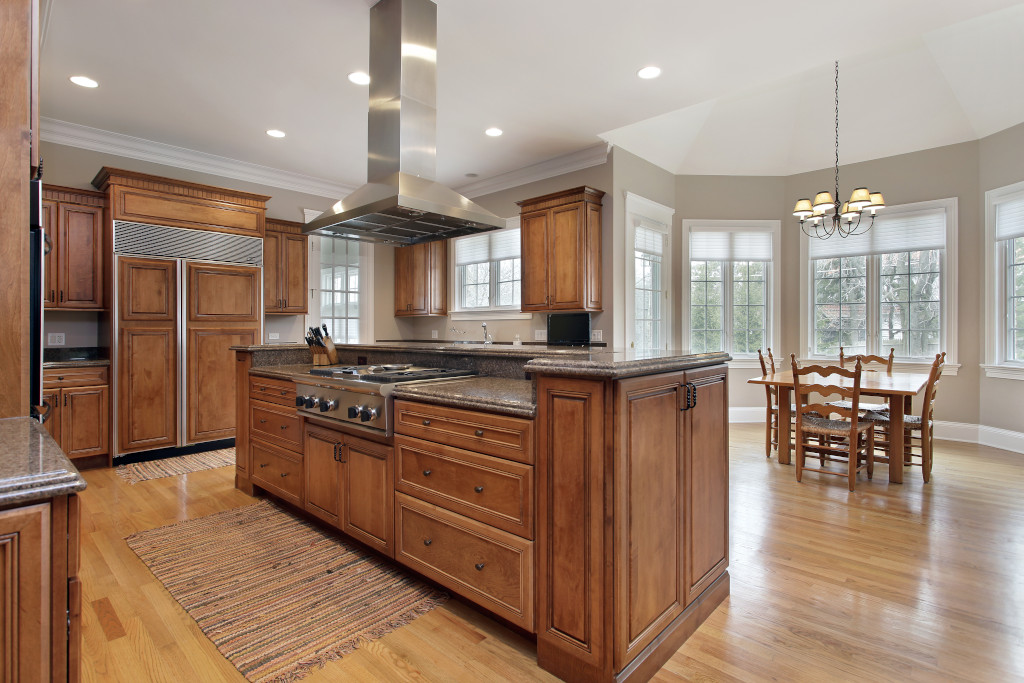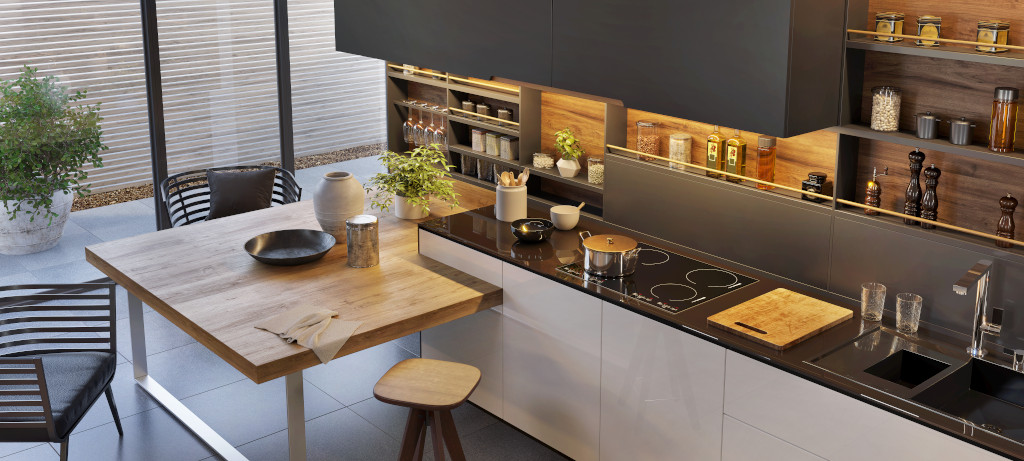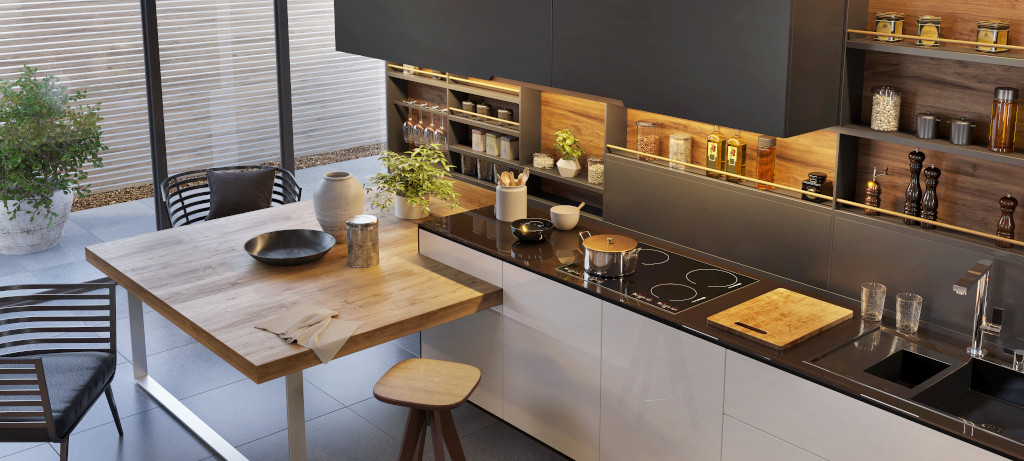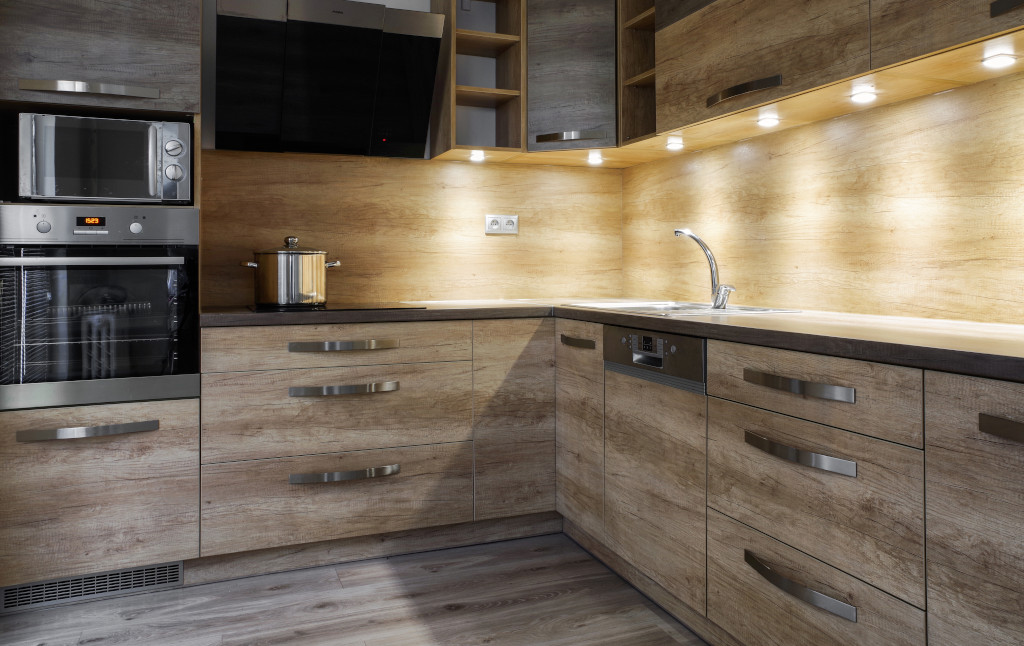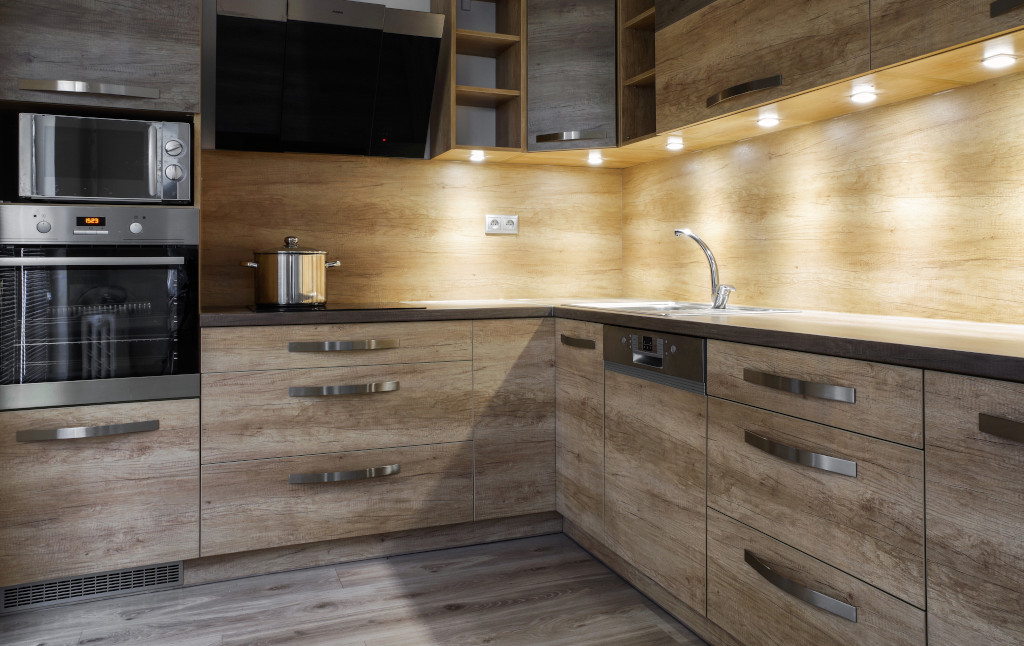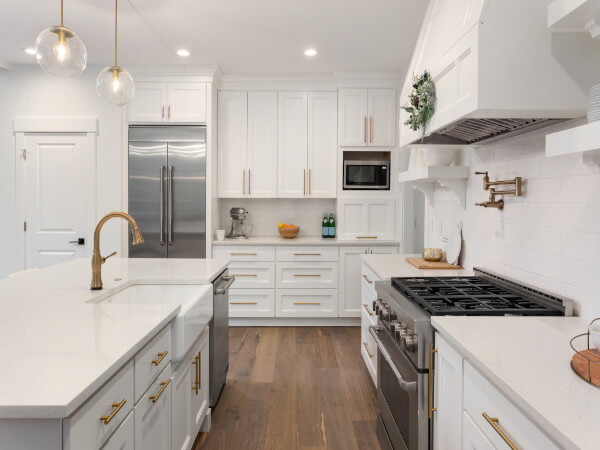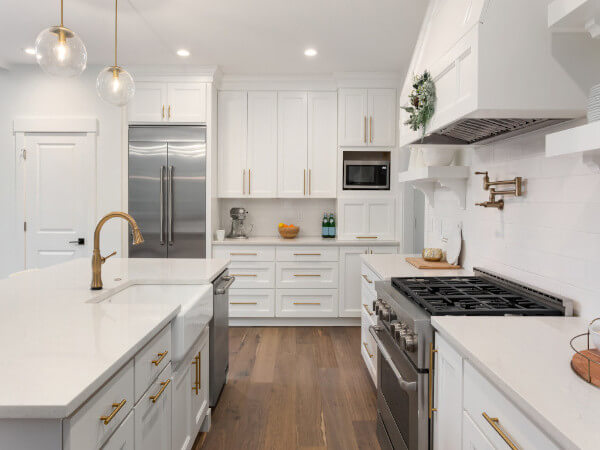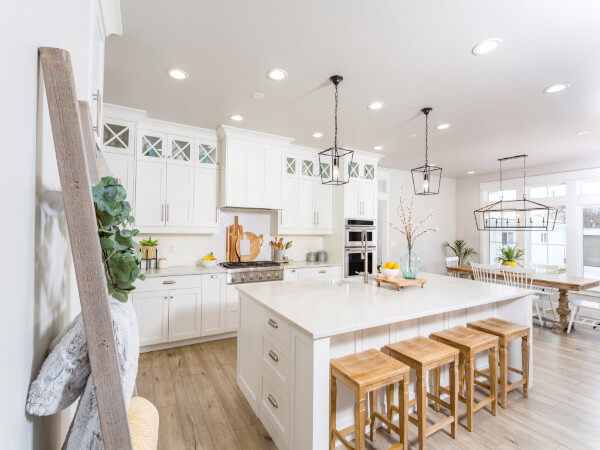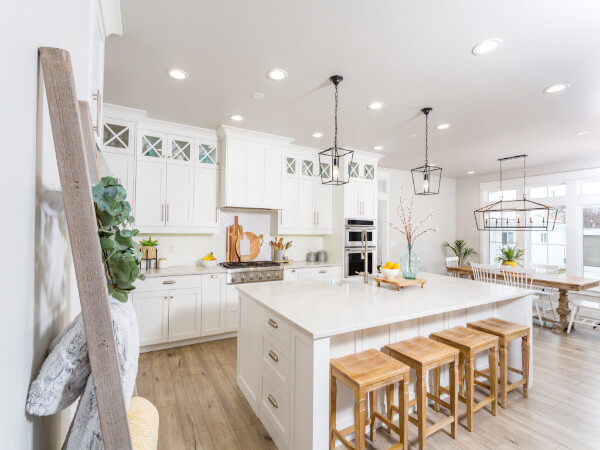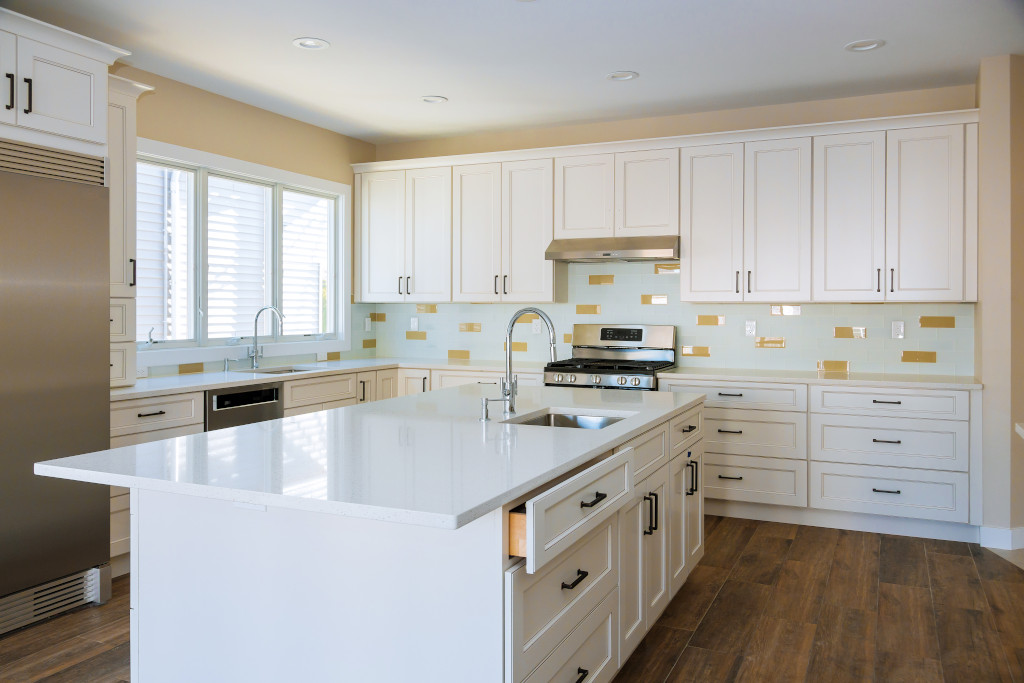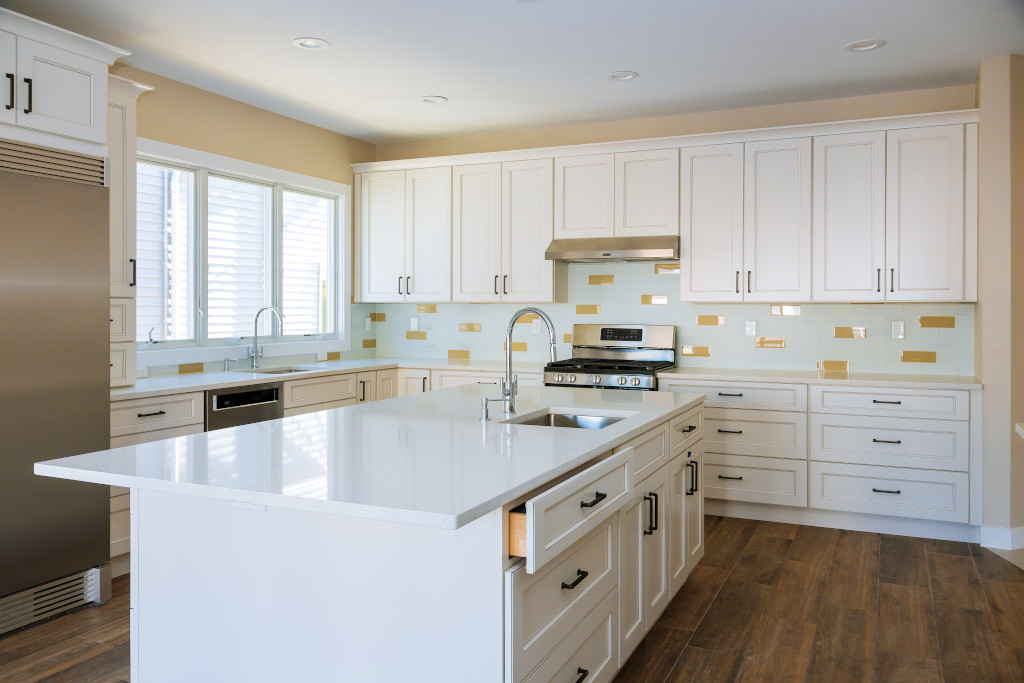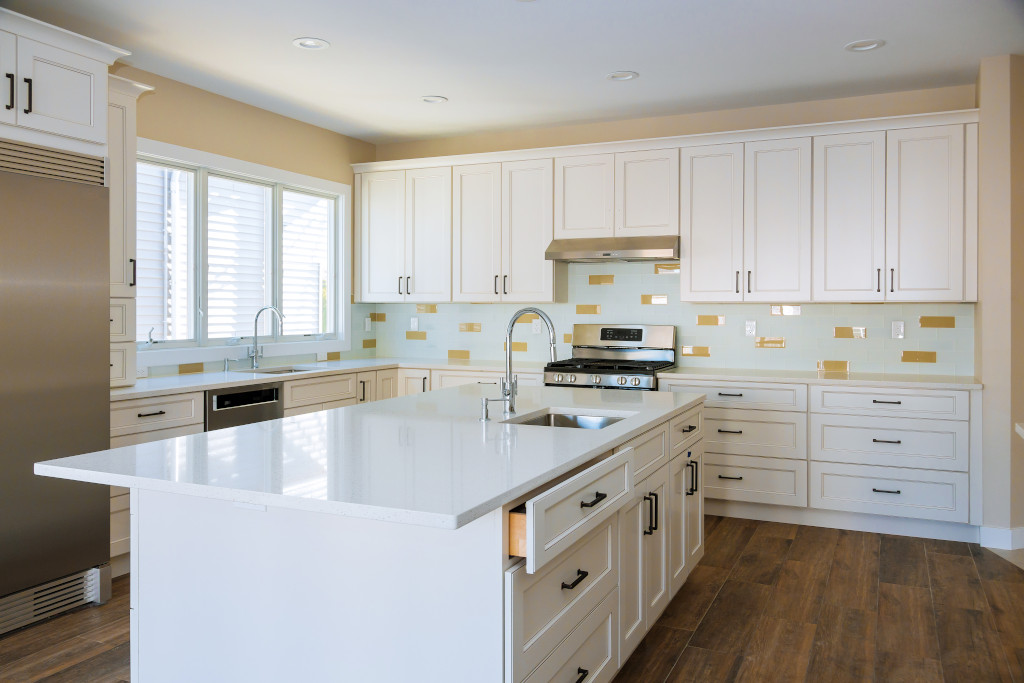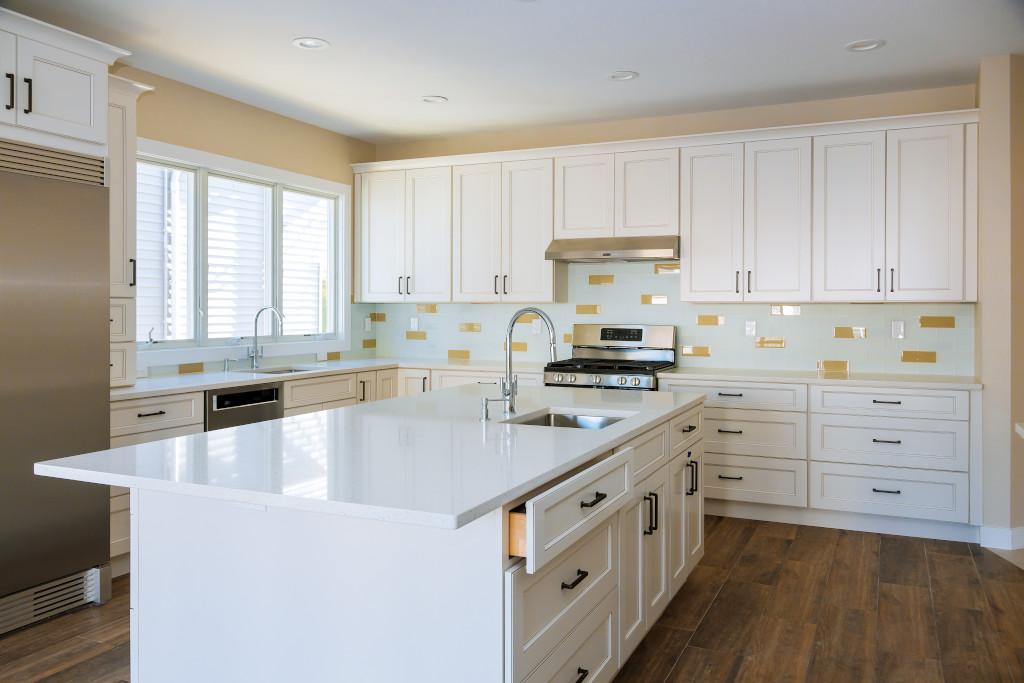Log homes are a timeless, classic style that evokes a feeling of history and quality. They are also an eco-friendly and energy-efficient choice for a home. For more information, just click the Visit Website to proceed.
Log builders harvest their wood from standing dead timbers, which improves forest health and reduces wildfire risk. Milling creates minimal construction waste, and most companies use reclaimed lumber for flooring.

Log homes are the epitome of rustic beauty, providing a cozy atmosphere that draws in family and friends. The unique texture and beauty of the wood evoke a sense of the outdoors without sacrificing modern comforts and amenities such as vaulted ceilings, kitchens, central air & heat, and spacious floor plans.
In addition to their aesthetic appeal, log homes are also extremely energy efficient. Because of their massive size, logs can retain heat in winter and release it in summer, helping keep your house comfortable and reducing energy costs. Furthermore, their dense nature makes them natural sound barriers, creating a peaceful and serene living space.
Today’s environmentally-conscious builders use materials sourced from sustainable forests to construct their log homes. Using only the most responsible timber suppliers ensures that other trees are being saved and the environment is protected. Additionally, many builders offer options for reclaimed timber or recycled materials for the exterior siding of your home.
Log homes can withstand harsh weather conditions such as high winds and heavy snowfall, protecting the interior of your house. Their solid construction is naturally resistant to moisture, rot, and pests, making them a great choice for homeowners in any climate.
Log homes offer the opportunity for a lifestyle that is both environmentally friendly and in tune with nature. The natural beauty of wood, coupled with the rustic ambiance, creates a visually appealing environment that allows the log homeowner to connect with the outdoors. This connection with nature is a major draw for many log homeowners and is often a part of why they choose to live in a log home.
In addition, the natural materials in a log home do not require a lot of chemical coatings like other building materials, which helps prevent harmful off-gassing that can affect indoor air quality. With low-VOC stains and regular HVAC maintenance, log homes provide a healthy environment for families and pets.
Another eco-friendly feature of log homes is their energy efficiency. Because of the thermal mass in a log home, they use less energy to heat during the winter and cool in the summer. Log homes are also built with a large percentage of open space, which helps with ventilation and makes the house more breathable. This can reduce energy costs by eliminating the need for mechanical air conditioning in the summer.
A common misconception of log homes is that they destroy forests, which is untrue. Today’s ecologically conscious builders use logs that are harvested from sustainable forests. These forests are carefully managed to ensure that the growth of new trees outpaces consumption. Many log home companies use standing dead timbers (dead trees killed by insects or fire that have been left to decompose naturally), improving forest health and decreasing the risk of wildfires.
Log homes are built from natural materials, unlike conventional houses’ cement, iron, and drywall. This makes them far more environmentally friendly than homes constructed from artificial materials. However, as with any home, some maintenance is necessary to keep your log cabin in tip-top shape.
A good place to start is a preventative inspection of your log house. Inspecting your cabin regularly can help catch problems before they become major issues and ensures that the logs, chinking, and caulking are all in good working order.
This is especially important for areas that are prone to severe weather conditions. A regular check-up by a professional can help prevent damage from rain, snow, and hail that could otherwise cause serious structural problems.
Another important consideration is the choice of wood for your log home. Most builders use cedar, naturally resistant to rot and insect infestation. This helps reduce expensive maintenance and chemical treatments to protect pine logs from fungus and pests.
Also, by choosing a quality log company, you can be sure that your logs are harvested from sustainable forests, meaning new trees are planted to replace those removed to make way for your beautiful home. This can help reduce the amount of carbon released into the air, which is a good thing for the environment and your health. It’s also a good idea to avoid planting trees too close to your log home, as these will trap moisture against the walls of your home. This can lead to mold, mildew, and structural problems in the future.
Unlike cement, iron, and drywall found in conventional homes, log homes use natural materials. That alone helps them meet stringent building codes in many areas.
Moreover, they can save on energy costs due to their inherent insulation and thermal mass qualities. This helps keep interiors warm in winter and cool in summer.
In fact, with the right design and construction, you can build a home that meets Energy Star standards and saves you a lot of money on your monthly energy bill. That is achieved by optimizing the cabin’s design, minimizing air leakage, and controlling moisture content in the logs.
A great way to increase the energy efficiency of your log home is by using ENERGY STAR-certified doors and windows. These help reduce heat loss and enhance the beauty of your log home.
Another important aspect is insulating the walls and roof. For best results, choose insulation with an R-value of at least 40. This is the highest possible R-value for any wood material and provides maximum energy savings.
To further improve the energy efficiency of your log home, consider a radiant floor heating system. This is a more economical and environmentally friendly heating option that uses heated PEX water tubing to warm the interior of your home.
The thermal mass properties of the logs in a log cabin also contribute to energy efficiency. They can absorb the sun’s heat during the day and then radiate it back into the house at night. This significantly reduces reliance on the HVAC to maintain an even temperature.
Aside from adding insulation and installing ENERGY STAR-rated windows and doors, you can also improve the energy efficiency of your log home by choosing a light color stain. This reflects more sunlight into the living space and cuts down on artificial lighting needs, which can be a huge money saver.
Log homes are more than just a roof over your head. They offer a lifestyle choice that connects you with nature and the heritage of our country’s pioneering spirit. Nothing can match the beauty and emotion of a handcrafted log home in a world of cookie-cutter houses.
The good news is that, despite being more expensive than conventional homes, log cabins are less cost-prohibitive than you might think. The upfront costs for a log cabin are typically higher due to the fact that the construction requires more experienced builders, and the logs have to be custom-crafted, milled, and sized. However, as the construction proceeds, the costs tend to level out because a log cabin is built much more efficiently than a traditional house.
Unlike other materials, such as vinyl siding, most log companies use wood from sustainable forests harvested only after a set number of trees have been planted to replace them. The logs are also crafted to fit together without gaps, which helps reduce construction waste.
In addition to being environmentally friendly, log homes are extremely energy efficient. Wood has a natural property known as a thermal mass that helps retain heat in the winter and cool air in the summer. This is a significant advantage over other types of construction, especially in cold climates.
In addition, since the wood does not emit volatile organic compounds (VOCs) as other building materials do, your log home will be a healthier place to live. This may help with allergies and asthma, especially if you opt for low-VOC stains. Many log homeowners find that their living spaces have a clean, calming atmosphere that promotes health and well-being.

